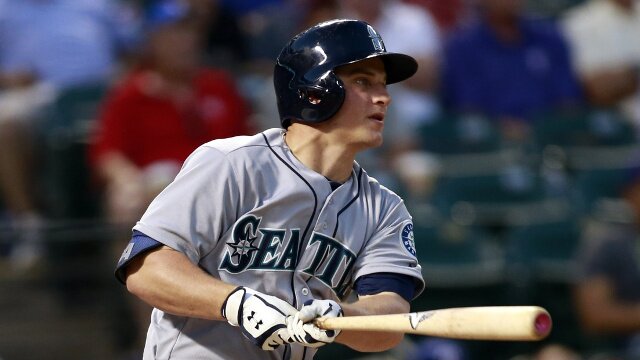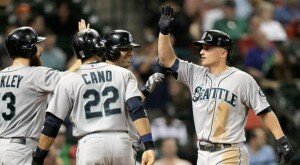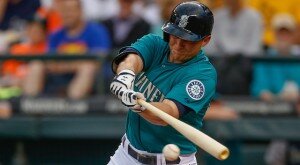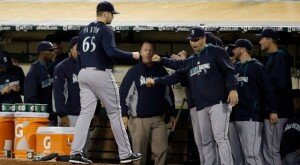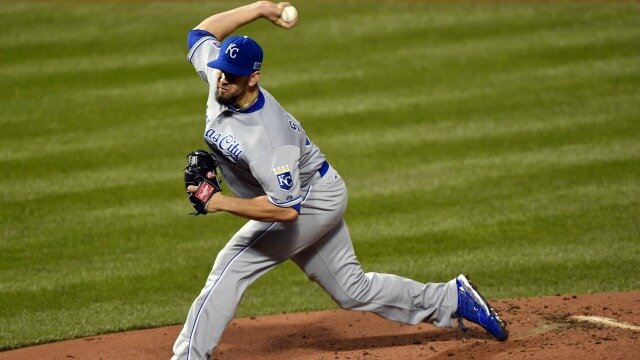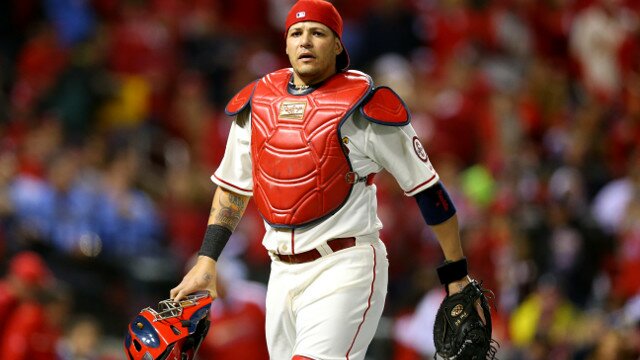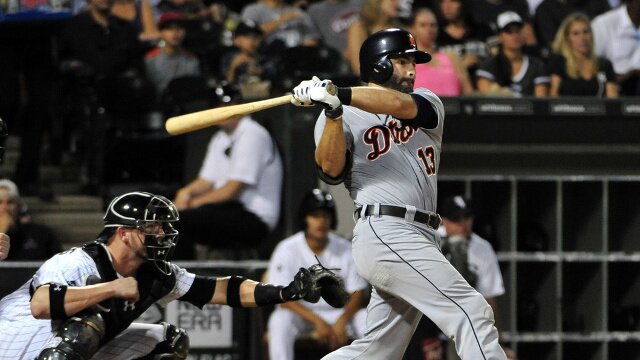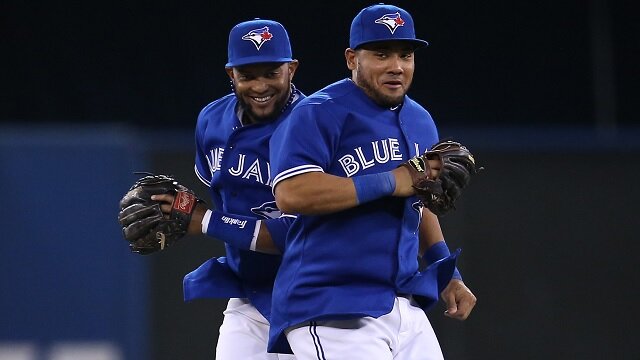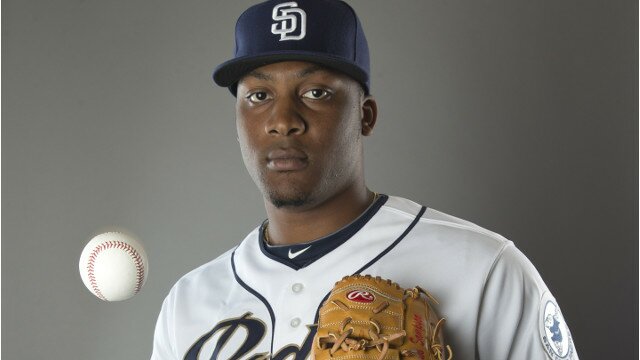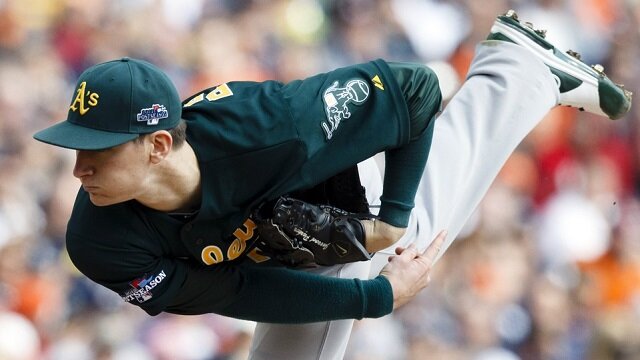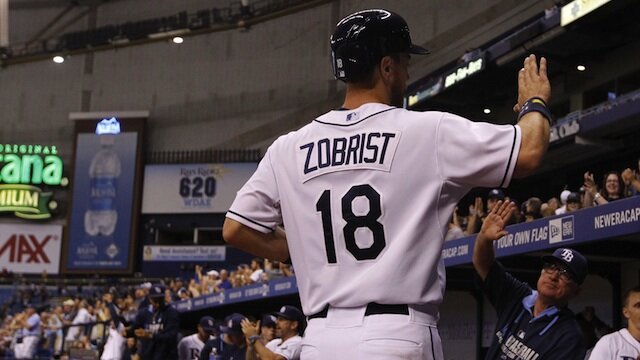Kyle Seager Extension Could End Up Being A Discount For Seattle Mariners
Earlier this week, the Seattle Mariners made headlines when it was announced that they were close to an extension with All-Star third baseman Kyle Seager, which was reported to be worth $100 million over the next seven years. The size of Seager’s contract might be saying something about the type of qualities that front offices are looking for in players in the modern era.
Admittedly, most of Seager’s traditional numbers do not exactly fall into the proverbial eye-popping, off-the-chart category, which might cause one to wonder why he should receive a $100 million contract. Sure, he had a career year in 2014, slashing .268/.334/.454 with 25 home runs, 27 doubles and 96 RBIs, which is production that any team would surely love to have out of the hot corner. The lefty-swinging third baseman has now recorded 20-plus homers in three straight years now as well.
However, while it should first be noted that the 27-year-old Seager has not exactly played in the most hitter-friendly ballpark in Safeco Field, it is clear to see that he has never crossed any of the once-magical benchmarks such as a .300 batting average, 30 home runs or 100 RBIs, which have historically been used as thresholds to measure a player’s offensive value.
Furthermore, Seager’s .328 career OBP would likely fall into the good-but-not-great department, and his OPS has never once reached the .800 clip.
A deep, in-depth look at some of Seager’s peripheral numbers and advanced metrics, on the other hand, does reveal just how valuable he has been to the Mariners. It also makes his alleged payday look much more justifiable.
Since becoming a fixture at third base in 2012, Seager has posted a wRC+ of 108 or better in each of the past three seasons, setting a new career-high with a 126 mark in 2014 and easily eclipsing the league average of 100. His ISO also continues to make the jump from slightly above average to well above average, going from .163 in 2012 to .166 in 2013, and then skyrocketing all the way up to .186 in 2014.
Seager seems to have his strikeouts relatively under control as well, owning a respectable career K-rate of 17.5 percent and never fanning more than 122 times in a season.
Although it may merely be a matter of luck, it is very interesting to point out that Seager’s BABIP actually continues to hover a hair below the league average. As seen in the chart below, he last eclipsed the .300 mark as a 23-year-old during his first cup of coffee in the big leagues back in 2011, when he played in just 53 games.
A simple reversal of fortune on balls in play may actually be all it takes to buoy Seager’s batting average well past his current career-mark of .262. After all, this is a guy who did post a robust .328 BA in the three seasons he spent in the M’s minor league system.
Batting average aside, however, Seager has posted a minimum fWAR of 3.6 in each of the past three years. While some of his numbers may not look like the type that Adrian Beltre has been putting up with the Boston Red Sox and Texas Rangers since leaving the Mariners after the 2009 season, Seager is a well-balanced, well-rounded player, who does everything pretty well even though he may not necessarily “wow” anyone.
Seager has quite arguably been one of the more underrated, better kept secrets in baseball. To put it simply, he helps Seattle win ballgames, and he was obviously a big part of the M’s return to their winning ways in 2014, although he may not have received the attention of players such as Robinson Cano or Felix Hernandez.
Seager was worth a career-high 5.5 wins above replacement in 2014, which was fourth-best among all MLB third basemen, trailing only Beltre, Josh Donaldson and Anthony Rendon. Seeing as how Seager earned $540,100 in 2014 according to Baseball Reference, the M’s obviously got quite the bargain last year.
In the years that lay ahead, the Mariners may actually still be enjoying Seager’s services at below market price – as bizarre as that may indeed sound.
Obviously, $100 million over seven years seems like an awful lot of money, and rightfully so. It seems almost incomprehensible to say that a team is getting a bargain at that price, let alone for someone who is not considered an offensive centerpiece with the bat. However, there are a few very relevant factors to make note of.
The first is just how much a win is worth. While the number varies, it is generally agreed that a team can be expected to pay at least $5 million per win above replacement. Earlier this offseason, outfielder Giancarlo Stanton, who last year posted an fWAR better than Seager’s 2014 mark of 5.5 for just the second time in his young career, agreed to a historic 13-year, $325 million extension with the Miami Marlins.
While Stanton is a couple of years younger and obviously brings a different set of skills to the table, the deal should help put things in perspective to a certain extent.
Although the exact figures of what Seager will be earning each year or the extent to which his contract is backloaded has yet to be reported, simple math tells us that he will be making an average of about $14.29 million annually over the next seven years. For a player who has shown the ability to be worth 5.0-plus fWAR, that is a pretty good deal for Seattle considering what a 5.0-6.0 fWAR player can garner on the open market today.
Yes, it is fair to raise questions on whether or not Seager will continue to produce at the level he did in 2014. Fangraphs’ Steamer, however, does have him at a 4.1 fWAR in 2015. If Seager can consistently be in the neighborhood of three to four wins per season, the Mariners will be getting quite a bit of bang for their buck.
Plus, having just turned 27, Seager is entering the very beginning of his prime, so perhaps the more likely scenario is that his best years are still yet to come. His age-27, 28 and 29 seasons should surely be fun to watch.
It is also relevant to note how durable Seager has been over the past three seasons, playing in a minimum of 155 games each year since 2012. For a comparison, Pablo Sandoval, another All-Star third baseman who just signed with the Red Sox for a reported five years and $95 million, may have played in a career-high 157 games in 2014, but it was only the second time since the beginning of 2010 he had played in 150-plus contests. Sandoval is also a year older than Seager, and he has not posted a 5.5 fWAR season since 2011.
Another one of this year’s top free agent third basemen, Chase Headley, continues to play incredible defense, but he has not posted 5.0-plus fWAR since 2012, when a somewhat fluky power surge helped him reach an extremely impressive mark of 7.2. He was, however, good for 4.4 wins in 2014 with the San Diego Padres and New York Yankees.
Seager’s defense at the hot corner has certainly become something to talk about as well. He earned a much-deserved Gold Glove in 2014 after posting a 9.2 UZR/150 with 10 defensive runs saved, which were easily the best marks of his career. In 2013, just one year ago, Seager was tagged with a -3.2 UZR/150 and -8 DRS.
It will be indeed be interesting to see going forward whether or not Seager can continue to play Gold Glove-caliber defense, or if 2014 will turn out to be the outlier. Obviously, his future glove work will have an impact on his overall value, so that will remain one of the bigger questions.
At it stands right now, however, it certainly does look like this is a good deal and a smart investment for Seattle. Sure, it is a big commitment and Seager is not quite Chipper Jones at the plate, but he is a dependable, still-young player and the M’s would be hard-pressed to find a better third baseman on the free agent market or that is available via trade.
With the success of the Moneyball mantra in team building, perhaps the M’s have joined the AL-West rival Oakland Athletics in making more Sabermetric-oriented evaluations of players as well. A player with Seager’s resume may not have always been a $100-million player, but it seems to make more sense in today’s day and age with the ever-changing, advanced ways in which a player’s value can be measured.
In fact, when it’s all said and done, the Mariners could end up getting quite the discount, which is not something you can say about a lot of nine-figure deals in baseball — let alone one for someone who isn’t a “big name.”
All statistics courtesy of Fangraphs, Baseball Reference and ESPN.com.
Brad Faber is a Detroit Tigers writer and Sabermetrics columnist for www.RantSports.com. Follow him on Twitter @Brad_Faber, “Like” him on Facebook, or add him to your network on LinkedIn or Google.
Assessing the SF Giants' 2015 25-Man Roster
The San Francisco Giants aren't as dangerous on paper as they were a season ago. Read More
Going Home To Blue Jays May Be What Axford Needs
It has been a long time since John Axford has been great. With a need for bullpen help, the Toronto Blue Jays should take a chance on him. Read More
Shields Would Be Best Ace Add For Cardinals
The St. Louis Cardinals are reportedly interested in adding an ace, and signing James Shields would be the best way for them to do so. Read More
Power Ranking NL Central Starting Catchers
The NL Central boasts the best catchers in all of baseball. Here is how they rank heading into the 2015 season. Read More
Tigers' Alex Avila Will Benefit From Platoon Role
Here is why Detroit Tigers catcher Alex Avila may benefit immensely from a strict platoon with James McCann in 2015. Read More
Former Players Could Haunt Royals In 2015
The Kansas City Royals made significant moves at the end of 2014, but the Chicago White Sox changed their team in a much bigger way. The Royals will now see far more of two well-liked former players. Read More
Randy Johnson's HOF Journey No Tall Tale
Will he be a Seattle Mariner or an Arizona Diamondback in the Hall of Fame? Either way, Randy Johnson's legacy will be remembered in Seattle long before it is forgotten. Read More
Keyvius Sampson Great Fit For Cincinnati Reds
The Cincinnati Reds have lost a lot of organizational depth this winter. By adding Keyvius Sampson, they have a pitcher who has the talent to quickly surprise. Read More
5 Players Phillies Need to Trade For Now
Phillies GM Ruben Amaro Jr. should be working the phones in frigid Philadelphia to warm the hearts of fans by acquiring these five rebuilding pieces. Read More
10 MLB Teams That Will Slide Backwards In 2015
Teams surprise every year, but here is a look at 10 teams that will take a step backwards in 2015. Read More
5 Players SF Giants Need to Trade For
The San Francisco Giants are seemingly prepared to enter the 2015 season without acquiring additional difference-makers this offseason. Read More
Blue Jays and Ichiro Are a Perfect Match
The Toronto Blue Jays and Ichiro Suzuki would benefit each other if they were to strike a deal. Read More
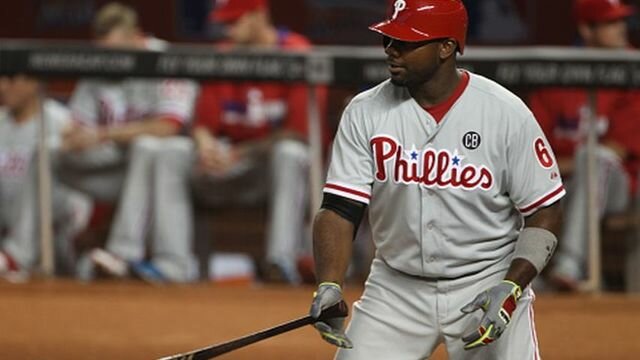
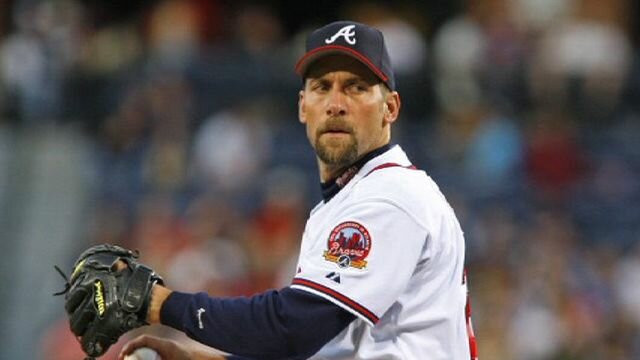
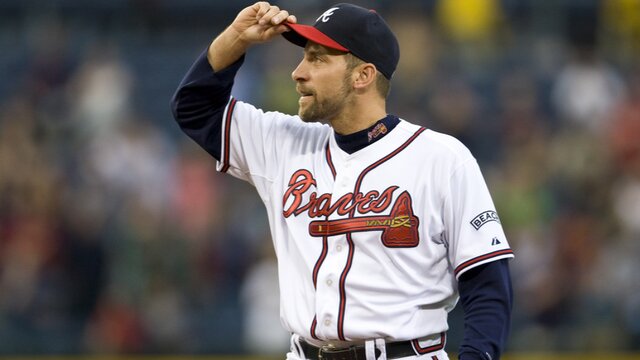
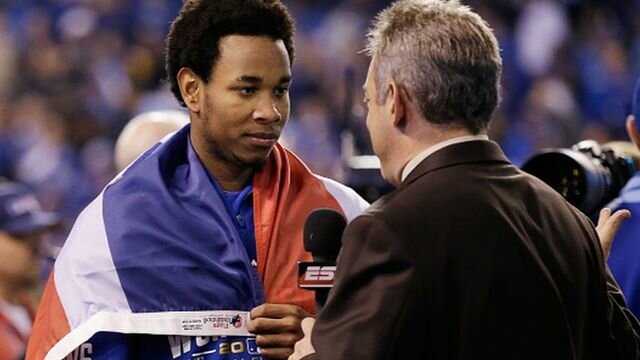
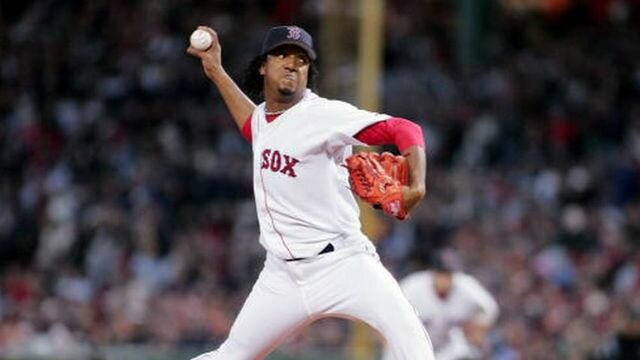
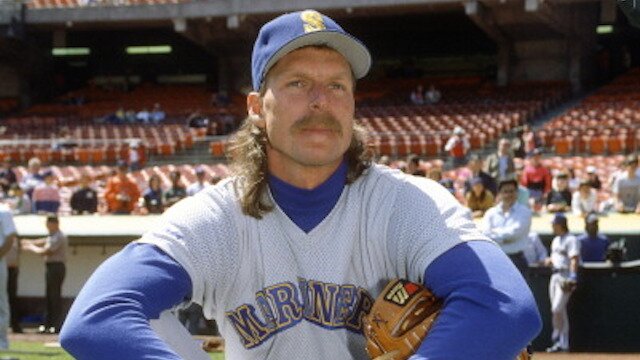

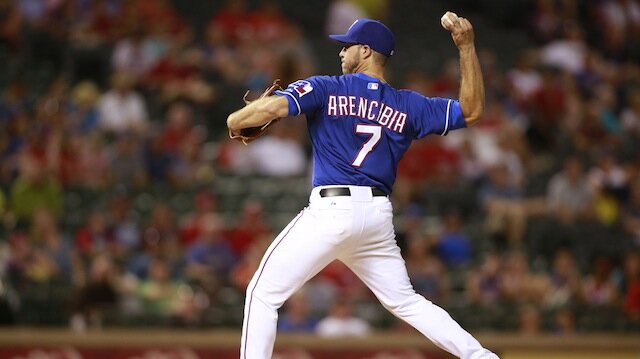
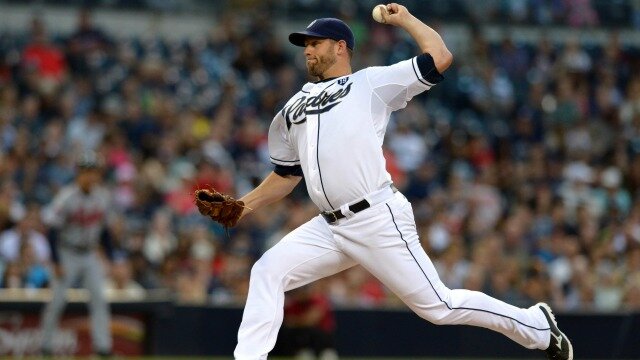
 @Brad_Faber
@Brad_Faber 